Have you ever heard insects sound like they are laughing? These are actually male cicadas or kuliglig that were identified as new species in 2015.
What about those leaping insects that are triangular in shape and have nests and trails that look like they were made from human saliva? They are called froghoppers, or sometimes spittlebugs, and are also closely related to cicadas.
Or have you ever caught brown insects sucking at rice plants, which then develop molds or wilt? They are locally known as ulmog, hanip sa palay, or brown planthoppers.
Kuliglig, spittlebug, and hanip are members of the Auchenorrhyncha insects that suck sap from plants and trees. Although small, they are essential to the scientific tales that entomologists continuously write about. These stories later inform the rest of us about the classification, biology, management, and biodiversity conservation of the insects that influence our agricultural industry, environment, and economy.
With 45 studies from 13 participating countries, researchers and experts indeed swarmed the warm-lit auditorium of the Southeast Asian Regional Center for Graduate Study and Research in Agriculture (SEARCA) for the much anticipated 17th International Auchenorrhyncha Congress (IAC) and 13th International Workshop on Leafhoppers and Planthoppers of Economic Importance.
Initially slated in the Philippines in 2021, the 17th IAC is finally here after the COVID-19 pandemic with the theme “Auchenorrhyncha without Borders” to capture the exchange of ideas, knowledge, expertise, and technologies from all around the globe toward collectively addressing the challenges concerning the Auchenorrhyncha insect group.
Happening at UPLB from April 1–5, 2024, this year’s Congress is chaired by Dr. Sheryl Yap–entomology and hopper expert from the Philippines–and organized by the International Auchenorrhyncha Society (IAS) together with the UPLB Institute of Weed Science, Entomology and Plant Pathology (IWEP), National Crop Protection Center (NCPC), and UPLB Museum of Natural History (MNH).
As a scientific gathering, the Congress has been held since 1973. It has already been hosted in different countries, including Vietnam, Brazil, China, France, Germany, the United States, the United Kingdom, Australia, Greece, Italy, Switzerland, Finland, and the Netherlands.
Welcoming Experts, Mentees, and Allies of Hopper Research and Management
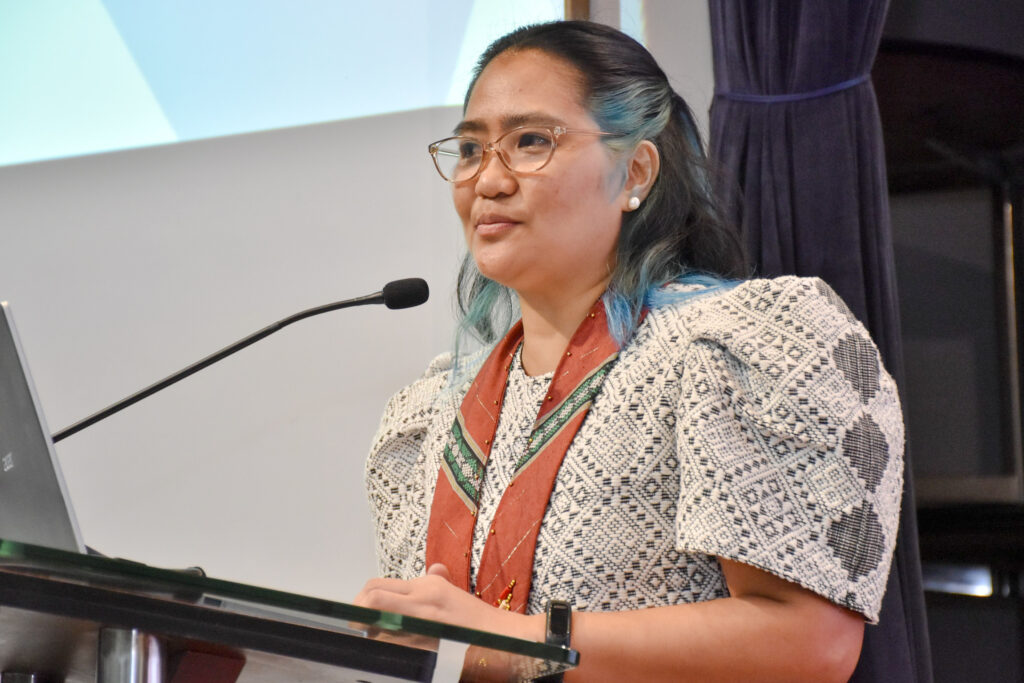
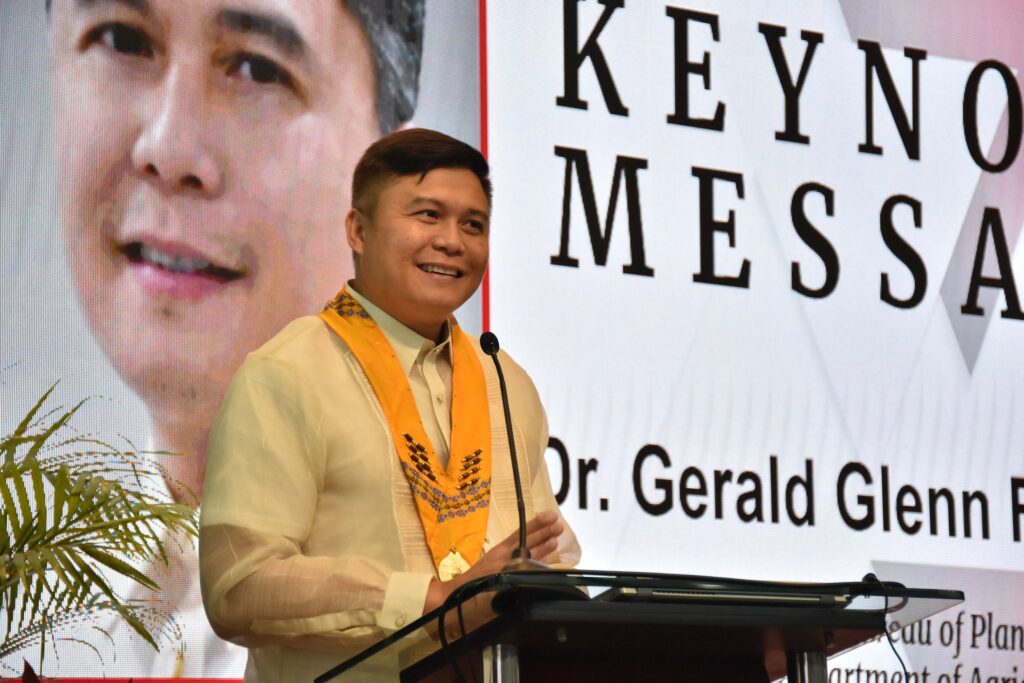
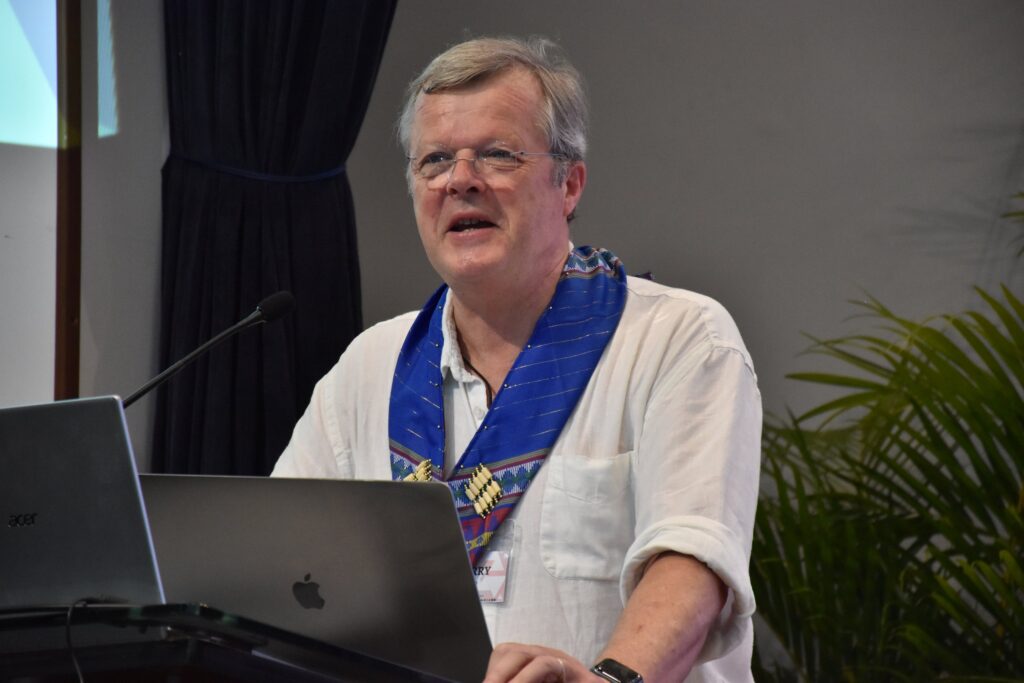
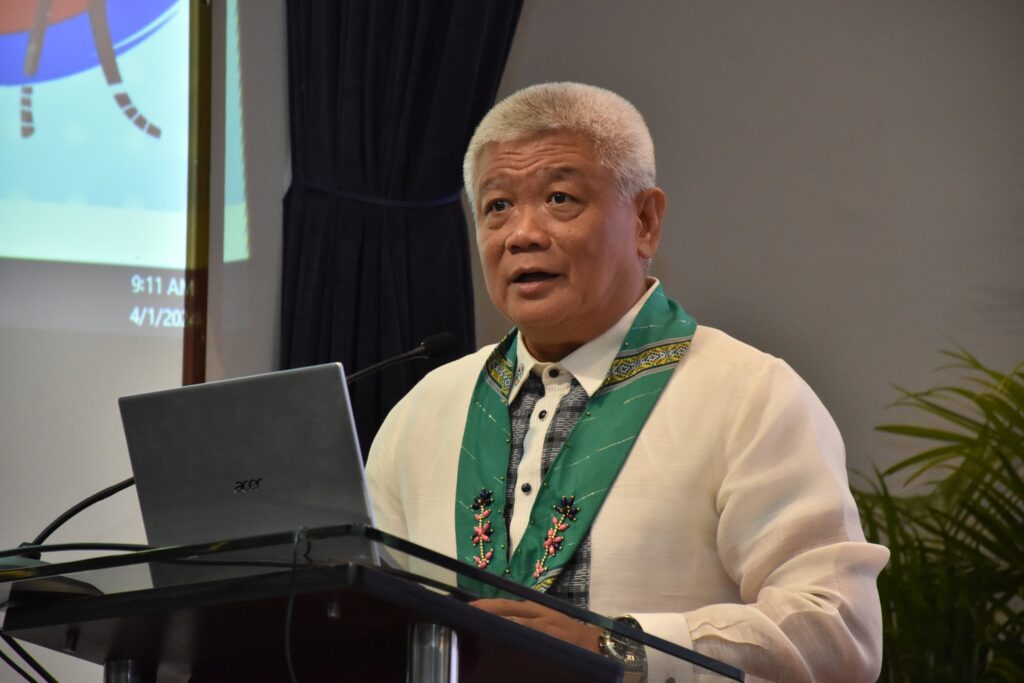

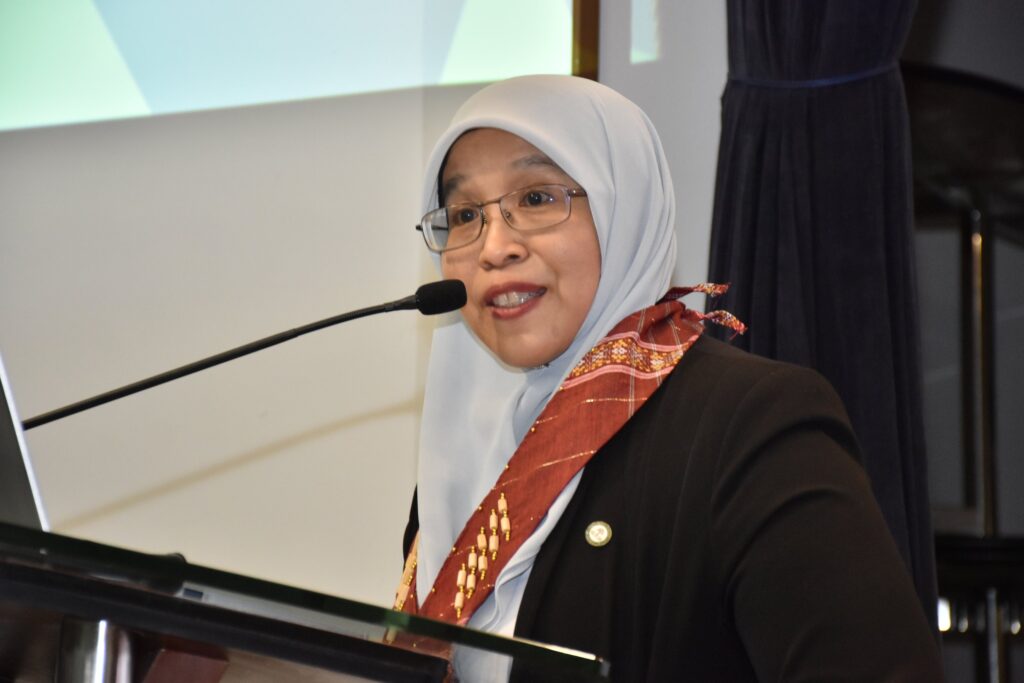

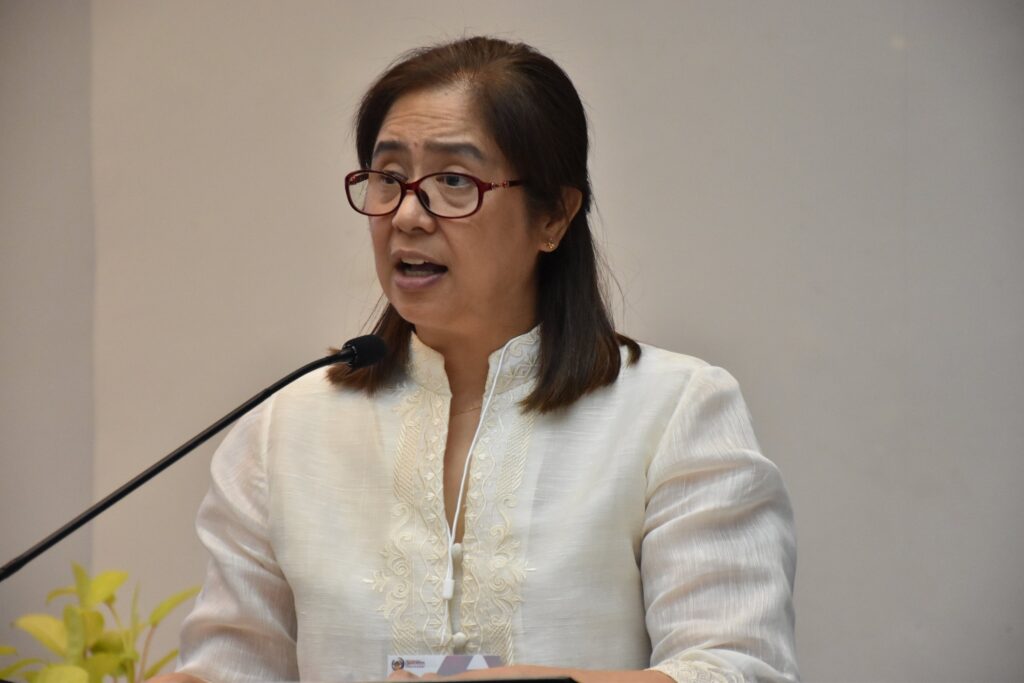
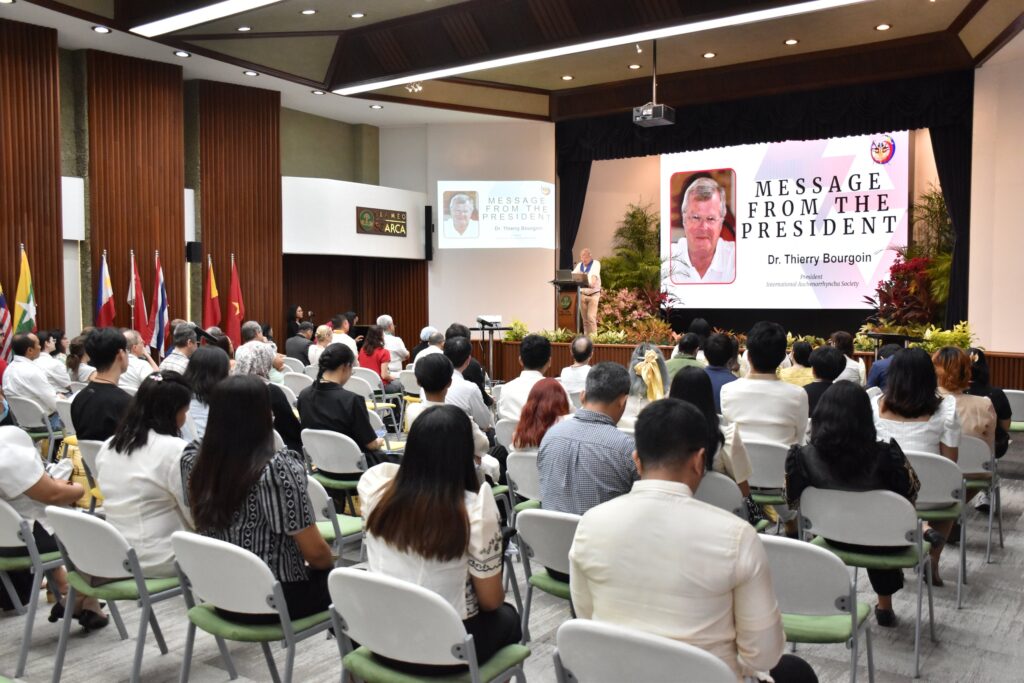
Photos by FA Cruz
Tropical heat blew over the Makiling landscape to welcome guests, participants, and students for the opening ceremony.
17th IAC Chair Yap shared her excitement for the Congress that was held in the Philippines and at UPLB, “Our country, renowned for its biodiversity nestled at the base of Mt. Makiling, is a veritable paradise for Auchenorrhyncha.”
Dr. Yap, also the director of UPLB IWEP, further recalled how Dr. Charles Fuller Baker–second and longest-serving dean of the then UP College of Agriculture–discovered and described several species of Auchenorrhyncha, “For example, the genus Makilingia, which Baker described in 1904, was an endemic genus before our colleague, Chris [Christopher Dietrich from University of Illinois] included one new species from Thailand.”
“On behalf of the organizing committee, we are very happy to arrange the array of knowledge to be delivered during the plenary, scientific sessions, and poster presentations. We hope that this Congress will forge new friendships, strengthen collaboration, and provide opportunities for partnerships,” said Dr. Yap as she officially opened this year’s session.
Dr. Elpidio Agbisit, dean of UPLB College of Agriculture and Food Science (CAFS), welcomed the delegates by emphasizing the crucial role of collaboration in addressing the challenges faced by the agriculture industry.
“Let us take advantage of this Congress to tear down any remaining silos in our research and embrace an open discussion and benefit from one another’s knowledge,” he adds.
UPLB Chancellor Jose Camacho, Jr. thanked the participants and encouraged them to discuss opportunities with their fellow scientists and explore the UPLB Visiting Professor and Research Program for their hopper research.
“We are so honored to host this important gathering, and we are excited to participate in the discourse and discussions about the taxonomy, morphology, behavior, and conservation of these fascinating insects,” Chancellor Camacho told the audience.
On behalf of SEARCA Director Glenn Gregorio, Deputy Director for Programs Nur Azura Binti Adam also welcomed participants as one of IAC 2024’s partner institutions, “So at SEARCA, we also reaffirm our commitment to promoting scientific excellence, fostering collaboration, and nurturing the next generation of agricultural leaders.”
Dr. Reynaldo Ebora, executive director of the Department of Science and Technology-Philippine Council for Agriculture, Aquatic and Natural Resources Research and Development (DOST-PCAARRD), an IAC 2024 partner institution, also emphasized the timeliness of this year’s congress theme.
“The theme underscores the need for expanding our collective knowledge base about Auchenorrhyncha when advocating for multi-country and multidisciplinary collaboration against the backdrop of sustainable development,” Dr. Ebora said.
Other partner institutions for this year’s Congress are UPLB CAFS, UPLB Foundation, Inc., Makiling Center for Mountain Ecosystems (MCME), Bayer Crop Science Philippines, Corteva Agriscience, Leads Agricultural Productions Corporation, CropLife Philippines, Inc., Crop Protection Association of the Philippines, FMC Corporation, and Master Pest Control.
Dr. Thierry Bourgoin, IAS president, shared his anticipation for a jam-packed week with the goal of advancing people’s understanding of Auchenorrhyncha, “After three years, we all are here to finally meet in person, a wonderful opportunity for us to share new knowledge, new ideas, new research projects on our favorite insects. For students, it is also an important experience, to learn and to discover new paths, [and to] take the chance of discussing with experts of the group.”
Dr. Gerald Glenn F. Panganiban, director of the Department of Agriculture-Bureau of Plant Industry, stressed in his keynote message the importance of scientific expertise in developing and upgrading pest surveillance technologies, quarantine measures, and pest management controls.
“Based on our regional reports in the Bureau of Plant Industry, it is the brown planthoppers and green leafhoppers that have really affected our rice industry and reduced our yield by up to 70%… I believe that the output of the workshop is crucial in determining our next steps in the advancement of managing pests and diseases from Auchenorrhyncha species,” Dr. Panganiban told the participants.
Hop Down Memory Lane of ‘Auchenorrhynchous Hoppers’
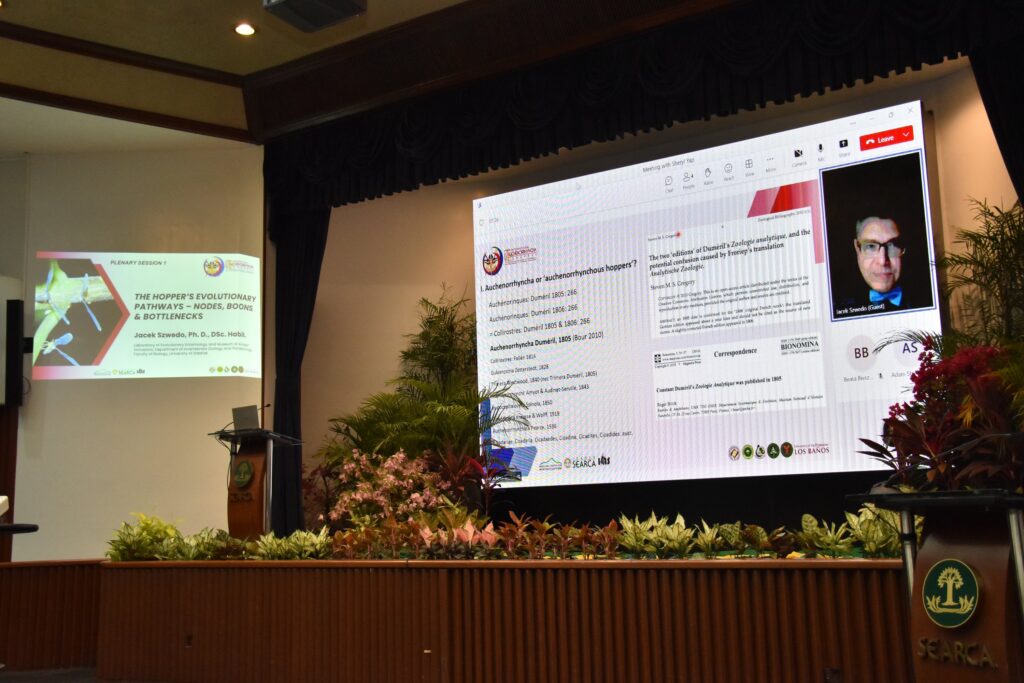
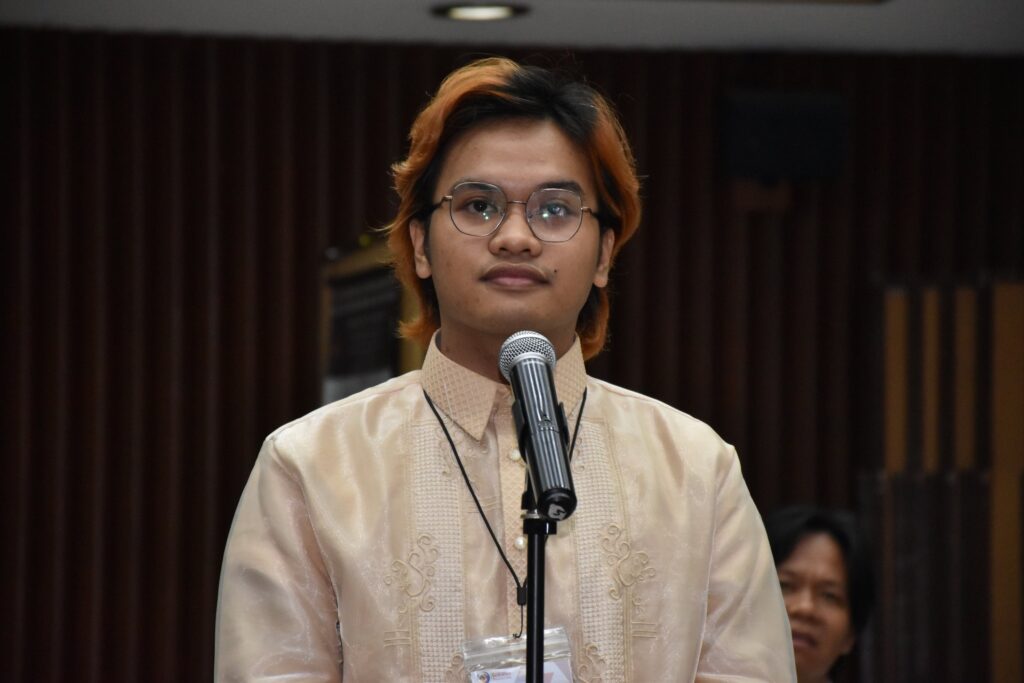

In his plenary talk, Dr. Jacek Szwedo from the University of Gdańsk distinguishes ‘auchenorrhynchous hoppers’ to include planthoppers, cicadas, froghoppers, leafhoppers, treehoppers, and their relatives. These insects are said to form the group of hemipterans, commonly called true bugs, with around 47,000 described species and an evolutionary history of more than 300 million years or since the Carboniferous period.
Dr. Szwedo further explained his attempt to use the term ‘auchenorrhynchous hoppers’ through a differentiation between the Fulgoromorpha or planthoppers and Cicadamorpha that cover cicadas, leafhoppers, and treehoppers, “There are several reasons for that. In fact, the only character uniting Fulgoromorpha and Cicadamorpha–the modern ones–is the placement of the rostrum (the pointy part of the mouth) with the base on the posteroventral area of the head capsule. The other morphological characters… they look similar, but they are not exactly the same.”
He also emphasized that evolutionary events and the reaction of insects to environmental challenges and opportunities shape today’s various classifications of ‘auchenorrhynchous hoppers’ in terms of their taxonomy, morphology, ecological interactions, and distribution. Researchers must carefully consider these factors for their future auchenorrhyncha studies.
Gio Sabadao, junior BS Agricultural and Biotechnology student from UPLB, asked if the plenary speaker was able to find records of ‘auchenorrhynchous hopper’ fossil in the Philippines throughout his research career and if this could be an avenue for student research.
“The Philippines is [a] very young [country], but there are Miocene deposits, which you usually have to get some resins. If you have resins, you have a chance to find the locations… You have to find the locality,” answered Dr. Szwedo. Sabadao thanked the speaker and expressed that he would take that as a personal challenge for his student research.
Rio Antion, a graduate student of Master of Science in Entomology from UPLB, also asked Dr. Szwedo if there were correlations found between the fossil findings and the changes in feeding habits among these insects.
Dr. Szwedo answered, “It works quite well for the more recent fossils… It could be more challenging to find out those relationships if we don’t have good information about morphological characters… Fossil records are very limited and not complete, so only based on this actualistic principle [can I] infer some relationship of the fossils with the modern lifestyle of particular insect groups.”
Scientific Chats, Makiling Rainforest Explorations, and Post-Session Soirée
Rickson Albez, oral presenter and recent BS Agricultural Chemistry graduate from UPLB, shared his delight in the opportunity to interact with fellow entomologists with varied expertise, “Dahil highly specialized na ‘yong kanilang hoppers na inaaral ay we get to know more about these little creatures na hindi pa nakikita sa books or journal articles dahil it’s still a work in progress.” [Because these entomologists already have specific hoppers for their research, we get to know more about these little creatures that are not yet published in books or journal articles as these are still a work in progress.]
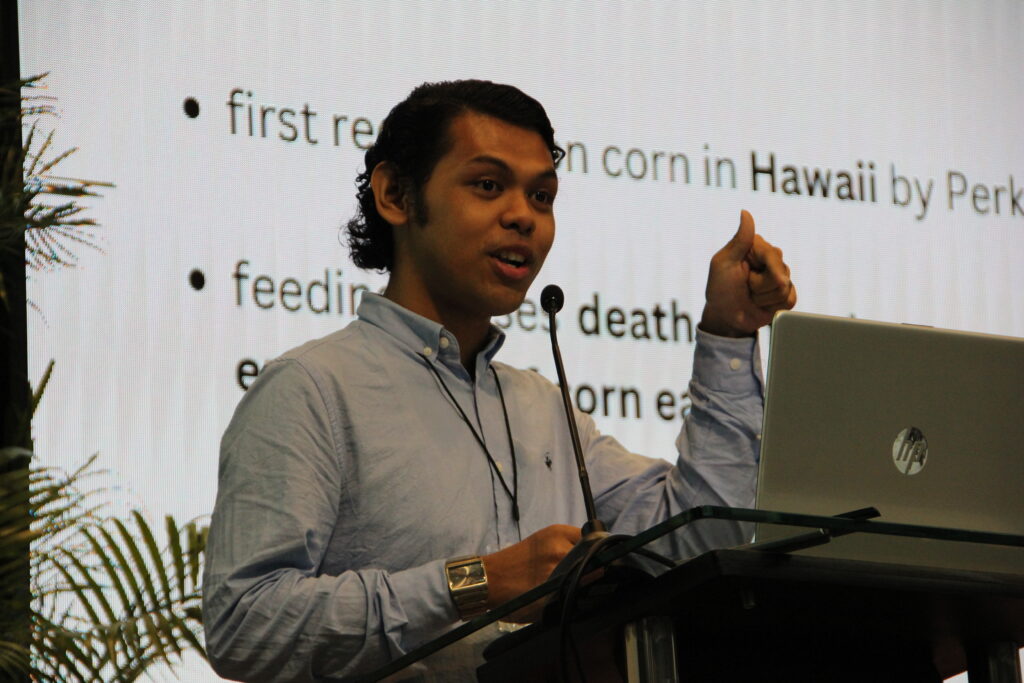


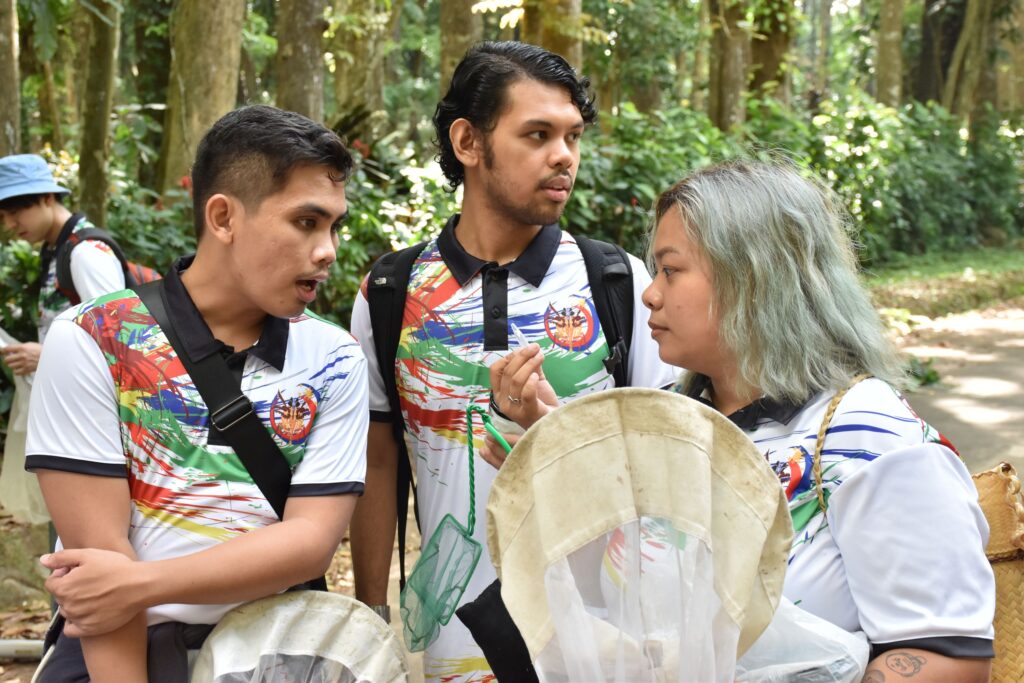
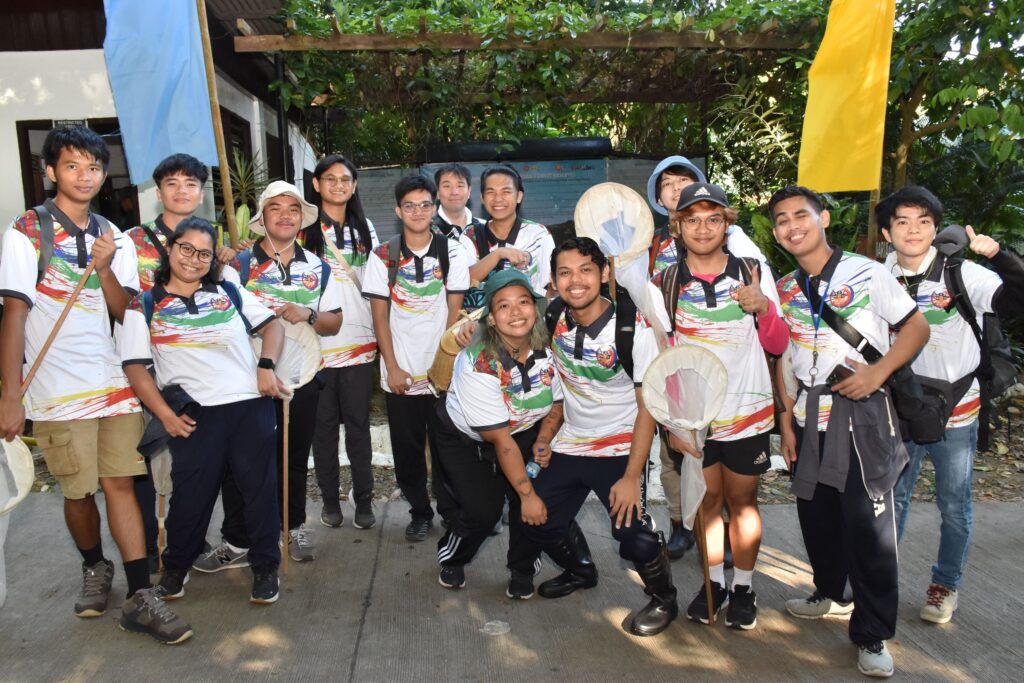
Albez was also lucky to know more about the leafhopper Makilingia when Dr. Christopher Dietrich spotted it during the IAC Field Tour at the Mariang Makiling Trail on April 3, “It’s very telling of Philippines’ biodiversity when it comes to Auchenorrhyncha species… Kasi when we went up, nakita nila ‘yong Makilingia [sa Station 14]… And ‘yong mismong nag-describe ng [similar] species [from Thailand], siya ‘yong nakahanap and tuwang-tuwa siya kasi very rare daw ‘nong insect species.” Dr. Dietrich is an entomologist and biodiversity conservation expert from the University of Illinois. [The field tour experience is very telling of the Philippine biodiversity when it comes to Auchenorrhyncha species. We went up the Maria Makiling Trail, we heard that Dr. Dietrich saw the Makilingia near Station 14, and he was so happy about it because it was a very rare insect species, and he was also the one who identified a similar species in Thailand.]
Albez looks forward to more IAC sessions in the future, “Refreshing experience; this doesn’t happen every day in the life of a UPLB student. I hope din, kung makapag-hold pa ng future events for Auchenorrhyncha, ay makapag-participate ulit kami as UP Entomological Society to promote entomology for our society.”
[The Congress is a refreshing experience, and this doesn’t happen every day in the life of a UPLB student. I’m hoping that we, as members of the UP Entomological Society, can participate in future events discussing Auchenorrhyncha so we can promote entomology for our society.]
IAC 2024 participants were feted to a welcome dinner on April 1, introducing them to world-renowned Filipino talent through the binasuan and tinikling performances of the UPLB Filipiniana Dance Troupe and the song numbers of NCPC’s Protect the Crop Band.
Sumin Oh from the Chungnam National University, South Korea, and Takeru Kodama from Kyushu University, Japan–two of the oral presenters–even enthusiastically joined in the short tinikling dance tutorial.
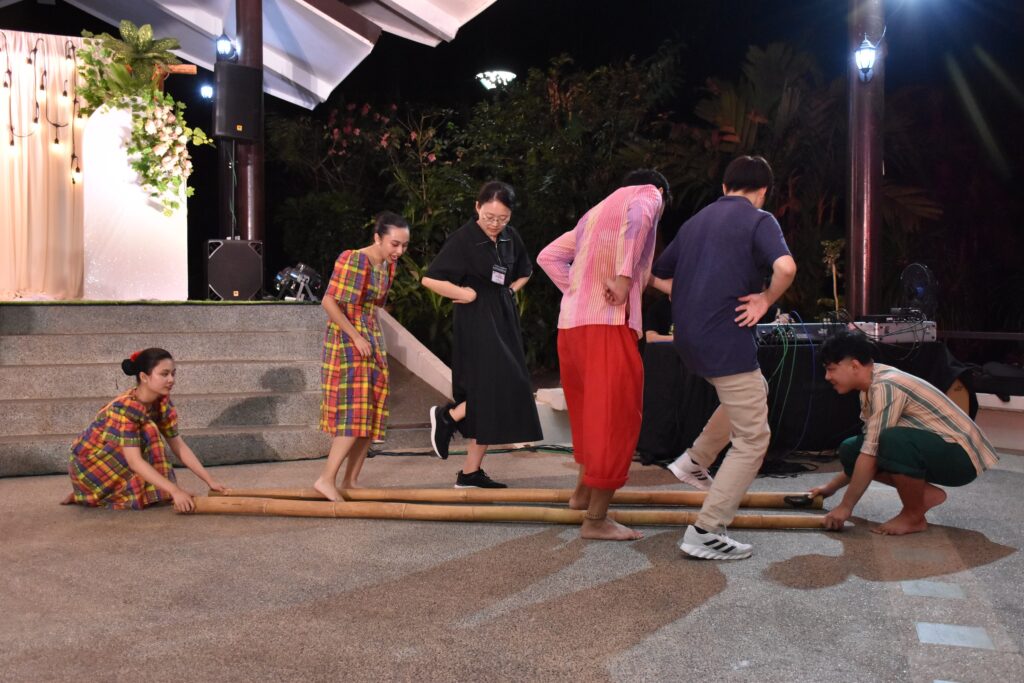
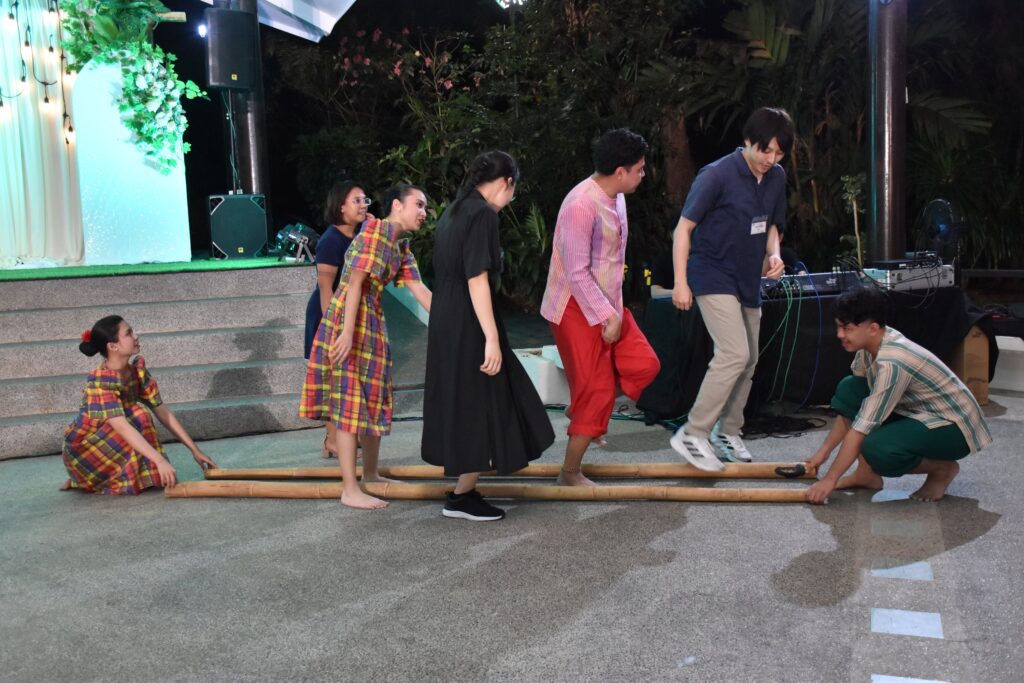
Dr. Valeria Trivellone, ecologist and evolutionary biologist from the University of Illinois at Urbana-Champaign, also shared her enjoyment of the Congress’ week-long activities, “The field trip… I was lucky enough to spot some interesting species, so I was able to understand the habitat’s peculiarity, where the species lives… I gave one presentation during the second day, and the [audience’s] reaction was pretty enthusiastic because I had colleagues presenting related topics like the biodiversity of Auchenorrhyncha. We exchanged a lot of ideas, approaches that we are using, so it was [a] very stimulating event… and we were able to, I’d say, exchange pretty well.”
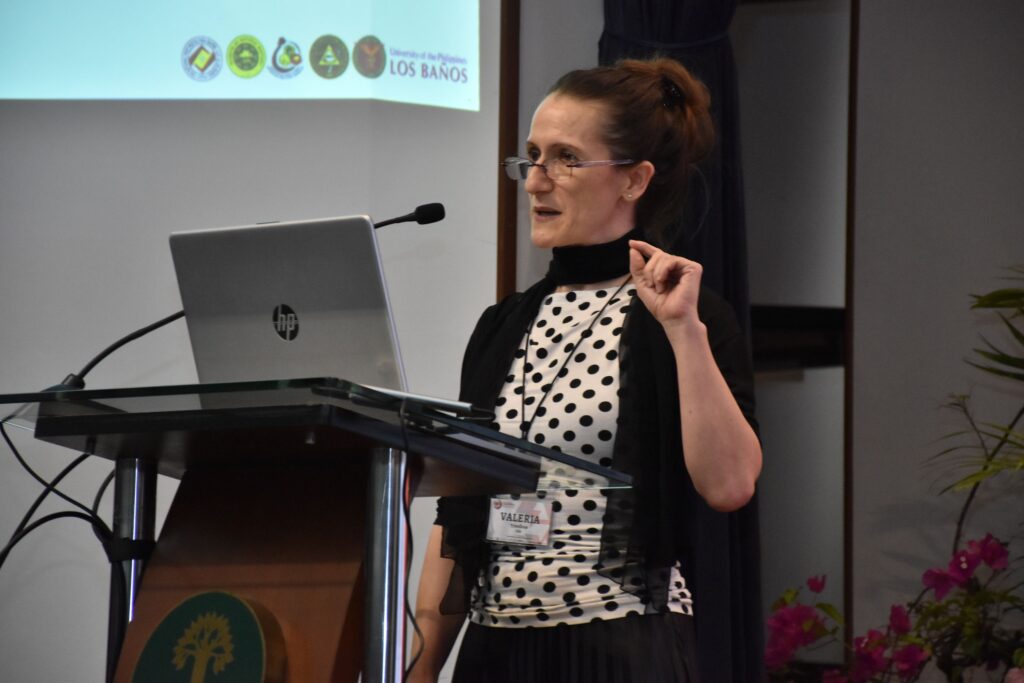
Photo by FA Cruz
“I have two more presentations [on the fifth day], so I’m looking forward to much more engagement… and I really would like some questions from students of this university… I will try to encourage them,” added Dr. Trivellone.
The 5-day Congress featured six scientific sessions for the oral presentation of 33 Auchenorrhyncha research papers on taxonomy and systematics; biodiversity conservation, management, and governance; biology, ethology, ecology, and genetics; species assessments, inventories, and databases; pest management; and fossils, evolution, and biogeography. IAC 2024 also highlighted 12 research posters which were presented and discussed on 4 April.
The International Auchennorhyncha Society’s business meeting for its officials and members was held on April 4 at the SEARCA Auditorium. A Fellowship Dinner was also held on April 4 at the UPLB Senior Social Garden.
On April 5, Dr. Lourdes Taylo from the UPLB Institute of Plant Breeding gave a plenary talk on the use of video tracking on insect resistance and behavior analysis for eggplant leafhoppers.
This was followed by the IAC 2024 Closing Ceremony led by Dr. Marian P. de Leon, director of UPLB MNH. The delegates then visited the Museum’s collections.
About the International Auchenorrhyncha Society
Established on 10 July 2013 during the 14th International Auchenorrhyncha Congress and 8th International Workshop on Leafhoppers and Planthoppers of Economic Importance in Shaanxi, China, the Society fervently works on institutionalizing the exchange of information and conducting activities that promote basic and applied research on the systematics, biogeography, and etho-ecology of extinct and living insect species of Hemiptera Auchenorrhyncha. They also actively promote access to Auchenorrhyncha information through collections, databases, publications, and educational initiatives.
